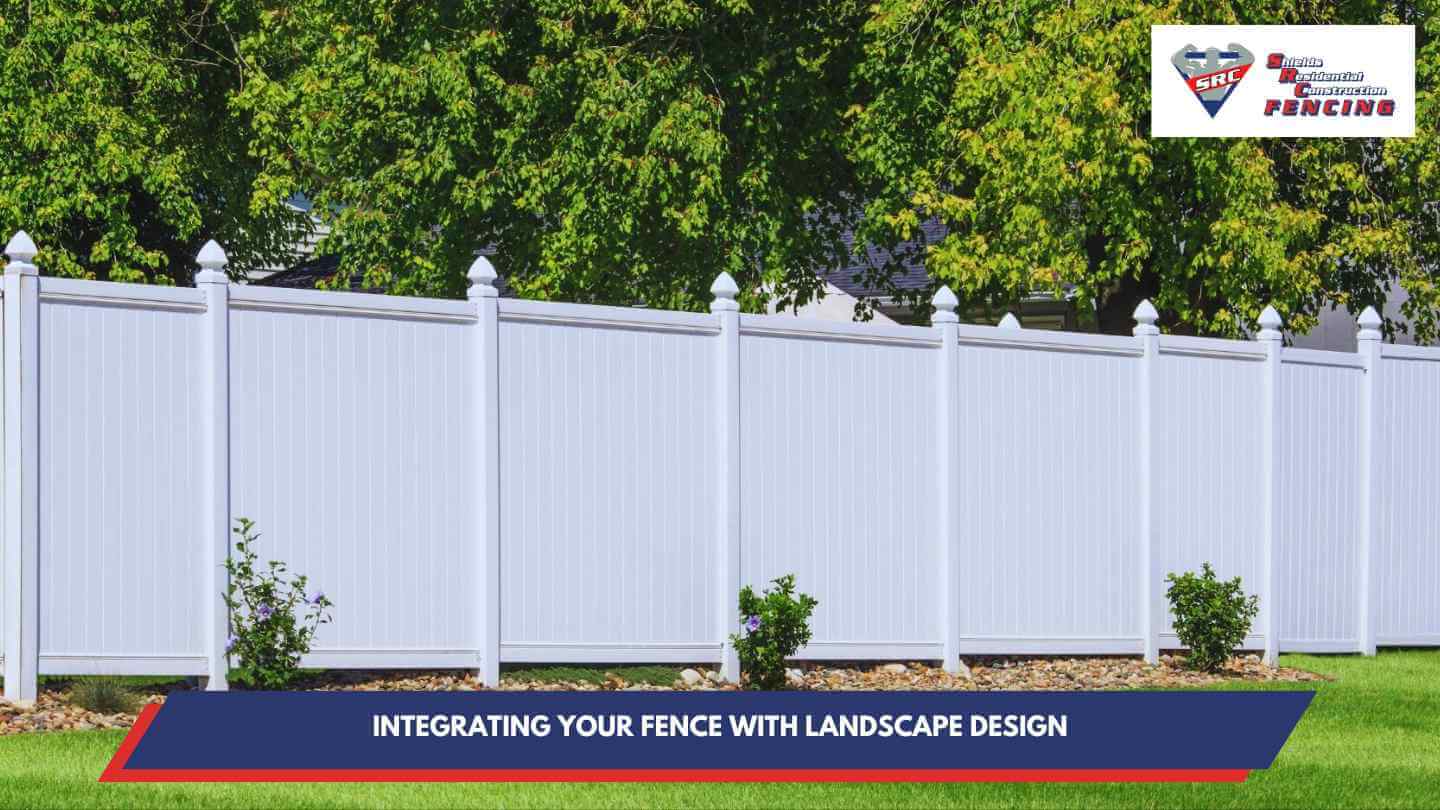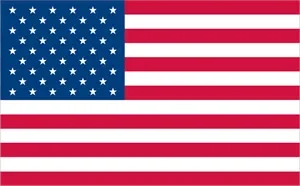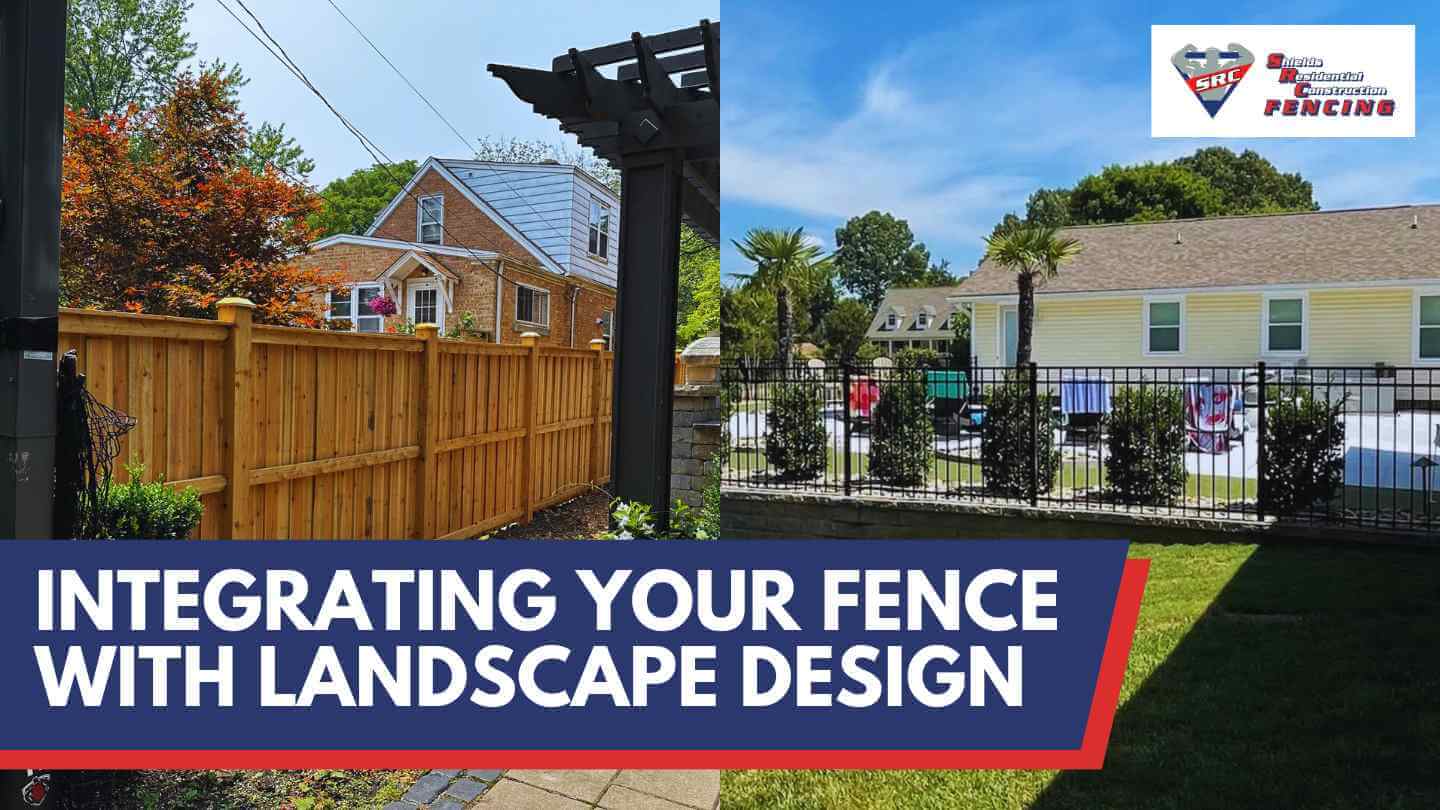Introduction
Imagine your yard as a canvas where every element, including the fence, plays a crucial role in the overall picture. Integrating your fence with your landscape design isn’t just about setting boundaries; it’s about blending structure with nature to elevate the look and feel of your outdoor space.
Why Keep Reading?
- Get Creative: Discover exciting ways to make your fence a standout feature.
- Choose Wisely: Learn about the best fence materials for your garden’s look and climate.
- Beyond Boundaries: See how fences can do more than just separate spaces.
- Smart Spending: Find out how the right fence can boost your home’s value and charm without costing a fortune.
Let’s dive into how a well-thought-out fence can become a key element of your garden’s design, marrying practicality with beauty.
The Importance of Fencing in Landscape Design
Fences: More Than Just Boundaries
- Defining Spaces: Fences do more than mark property lines; they structure and shape your garden’s layout. They create distinct areas in your yard, such as a cozy corner for relaxation or a dedicated space for your vegetable garden.
- Aesthetic Appeal: A well-chosen fence adds to your yard’s visual charm. It can be a backdrop that highlights your flowering beds or a striking feature that draws the eye.
- Privacy and Security: Fences provide privacy from neighbors and passersby, creating a secluded haven in your own backyard. They also add a layer of security, keeping pets and children safely inside and unwanted visitors out.
Balancing Function and Style
- Material Matters: The fence material can complement your home’s architecture and the natural landscape. Whether it’s classic wood, elegant wrought iron, or modern vinyl, the right material enhances your garden’s look.
- Eco-friendly Options: Environmentally conscious homeowners can choose sustainable materials that reduce their carbon footprint while still looking stylish.
- Cost-Effective Designs: Fencing can be a budget-friendly way to update your yard. With a range of options available, you can find a solution that fits your financial plan.
Selecting the Perfect Fence Material
Choosing the Right Material for Your Landscape
- Wood: Classic and versatile, wood fences offer a natural look that complements most landscapes. They can be painted or stained to match your garden’s style. However, they require regular maintenance and may not be the best choice in damp climates.
- Vinyl: A low-maintenance and durable option, vinyl fencing comes in various styles and colors. It’s resistant to weather, pests, and decay, making it a long-lasting choice.
- Metal (Iron, Aluminum, Steel): Metal fences, including wrought iron, aluminum, and steel, provide durability and elegance. They are excellent for security and can be designed with intricate patterns for a decorative touch.
- Composite: Made from a mix of wood fibers and plastic, composite fencing offers the look of wood without the extensive maintenance. It’s a sustainable choice, often made from recycled materials.
- Climate Compatibility: Choose materials that withstand your local weather conditions. For example, aluminum or vinyl might be better in coastal areas with salty air.
- Aesthetic Harmony: Ensure the fence material complements your home’s architectural style and garden design.
- Maintenance and Longevity: Consider how much time and effort you’re willing to invest in upkeep. Some materials require more maintenance but offer a distinct look, while others are more hands-off.
- Budget Constraints: Materials vary in cost, so pick one that aligns with your budget without compromising quality.
Selecting the right material is key to ensuring your fence not only looks great but also stands the test of time and elements.
Creative Fence Integration Ideas
Innovative Ways to Enhance Your Fence Design
- Vertical Gardening: Use your fence as a support for vertical gardens. Attach planters or trellises and grow climbing plants like ivy, roses, or morning glories. This adds a lush, green aspect to your fence, maximizing space in smaller yards.
- Artistic Touches: Personalize your fence with art. Paint a mural, hang outdoor-safe artwork, or use decorative cutouts for a unique look. This can transform your fence into a focal point of your landscape.
- Modern Design Elements: Experiment with contemporary designs like horizontal slats or mixed materials (e.g., wood with metal accents) for a modern twist.
- Integrating Functional Features: Add built-in seating, shelves for potted plants, or incorporate lighting for a fence that’s not just a boundary but a functional part of your outdoor living space.
Creating a Harmonious Landscape with Innovative Fence Designs
- Color Coordination: Match or complement the colors of your fence with those in your garden. For a cohesive look, align the fence color with your home’s exterior or garden accents.
- Theme Consistency: Whether you’re going for a rustic, modern, or tropical theme, ensure your fence design aligns with the overall landscape theme.
- Seamless Transitions: Use your fence to create smooth transitions between different areas of your garden. For example, a lower fence around a patio area can offer a sense of openness while still defining the space.
Practical Uses of Fences in Your Yard
Enhancing Functionality with Fencing
- Privacy and Security: A well-placed fence provides privacy for family gatherings or solitary relaxation. It also secures your property, keeping pets and children safe while deterring unwelcome visitors.
- Defining Spaces: Fences can effectively divide your yard into functional areas, such as a dining area, a play zone for kids, or a secluded garden nook.
- Wind and Noise Barrier: A solid fence design can act as a shield against strong winds and reduce noise pollution, creating a more tranquil outdoor environment.
Utilizing Fences for Garden Management
- Support for Climbing Plants: Fences make excellent supports for climbing plants and vines, contributing to a greener, more vibrant garden.
- Protecting Plants: In rural areas, a sturdy fence can protect your garden from wildlife, while in urban settings, it can shield plants from foot traffic or stray balls.
Enhancing Curb Appeal and Property Value
- Aesthetic Contribution: A well-designed fence can significantly boost the curb appeal of your home, making it more attractive to potential buyers.
- Property Line Demarcation: Clearly defined property lines can prevent disputes with neighbors and make your property more appealing to buyers.
Incorporating fences into your landscape design isn’t just about aesthetics; it’s also about enhancing the practical aspects of your outdoor space, making it more enjoyable and functional.
Accessorizing Your Fence
Adding Function and Flair with Accessories
- Lighting for Ambiance and Safety: Illuminate your fence with string lights, post lights, or spotlights for enhanced ambiance and nighttime visibility. This not only creates a warm atmosphere but also ensures safety along pathways and garden borders.
- Planters and Pots: Attach flower pots or planters to the fence for an additional gardening space. This is particularly useful for small yards, adding vertical greenery and color.
- Decorative Hardware: Use stylish hinges, latches, or handles for gate sections of your fence. These small details can significantly elevate the overall look.
Utilizing Fences for Practical Purposes
- Storage Solutions: Install hooks or shelves on the fence for storing garden tools, watering cans, or outdoor decor. This keeps your garden tidy and your tools easily accessible.
- Weather Protection: Consider adding a waterproof sealant or UV-resistant paint to protect your fence from the elements, prolonging its life and appearance.
Creating Interactive Spaces
- Birdhouses and Feeders: Attach birdhouses or feeders to your fence to attract wildlife, adding an interactive and educational element to your garden.
- Outdoor Art Displays: Use your fence as a gallery space to display outdoor-safe artwork, changing the pieces seasonally for a fresh look.
Accessorizing your fence is about more than just decoration; it’s about integrating functionality, beauty, and interaction into your landscape design.
Customizing Fence Height for Your Yard
Tailoring Fence Height to Your Needs
- Privacy Concerns: If privacy is a priority, taller fences (6 feet or higher) are ideal. They provide a secluded space, perfect for private gatherings or sunbathing areas.
- Aesthetic Balance: In areas where you want to maintain an open feel or enjoy a view, consider lower fences. This approach keeps your yard feeling spacious while still defining property lines.
- Varied Heights for Interest: Mixing fence heights can add visual interest to your landscape. For instance, use a taller fence for the backyard for privacy and a shorter one in the front yard to maintain curb appeal.
Strategic Height Adjustments
- Navigating Landscape Features: Adjust fence heights around trees, slopes, or other landscape features. This not only accommodates the natural layout of your land but also adds a unique, custom look.
- Complying with Regulations: Be aware of local zoning laws or homeowners’ association rules regarding fence heights. It’s important to stay compliant to avoid any legal issues.
Enhancing Function with Height
- Wind and Noise Barrier: In windy areas or places with noise pollution, a higher fence can act as an effective barrier, creating a more peaceful outdoor environment.
- Safety Considerations: For homes with pools or pets, a fence of appropriate height is crucial for safety, preventing unsupervised access to potentially dangerous areas.
Customizing your fence height is not just about following rules or trends; it’s about considering your specific needs, the characteristics of your landscape, and how best to enhance the overall functionality and aesthetics of your outdoor space.

Conclusion
Integrating your fence with your landscape design is an art that balances functionality, aesthetics, and sustainability. From selecting the right material to customizing design elements and choosing eco-friendly options, every aspect contributes to creating a harmonious and inviting outdoor space.
At SRC Fencing in Oldfort, TN, we understand the importance of a well-designed fence. Our team is dedicated to providing top-notch fence installation services, ensuring that your fencing not only meets your functional needs but also enhances the beauty of your property. Whether you’re looking for privacy, security, or simply a stunning addition to your landscape, SRC Fencing is here to bring your vision to life with expertise and craftsmanship.
Remember, a fence is more than a boundary; it’s a crucial element of your home’s overall appeal. Let us help you make the most of your outdoor space with a fence that perfectly complements your landscape design.

